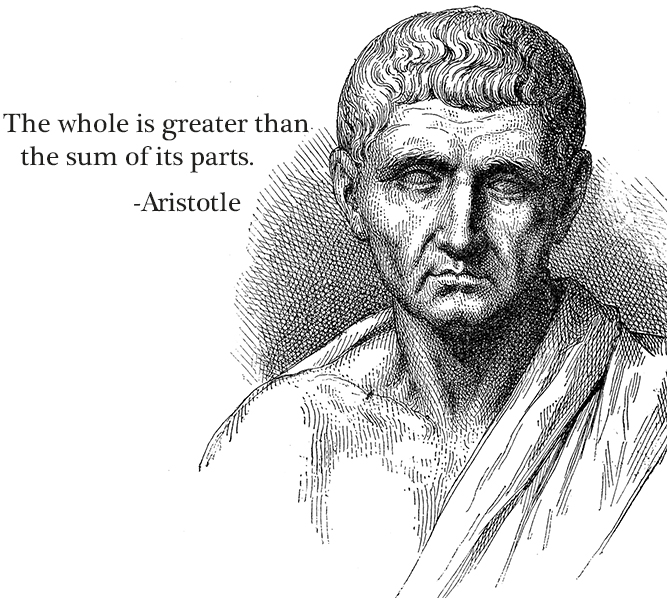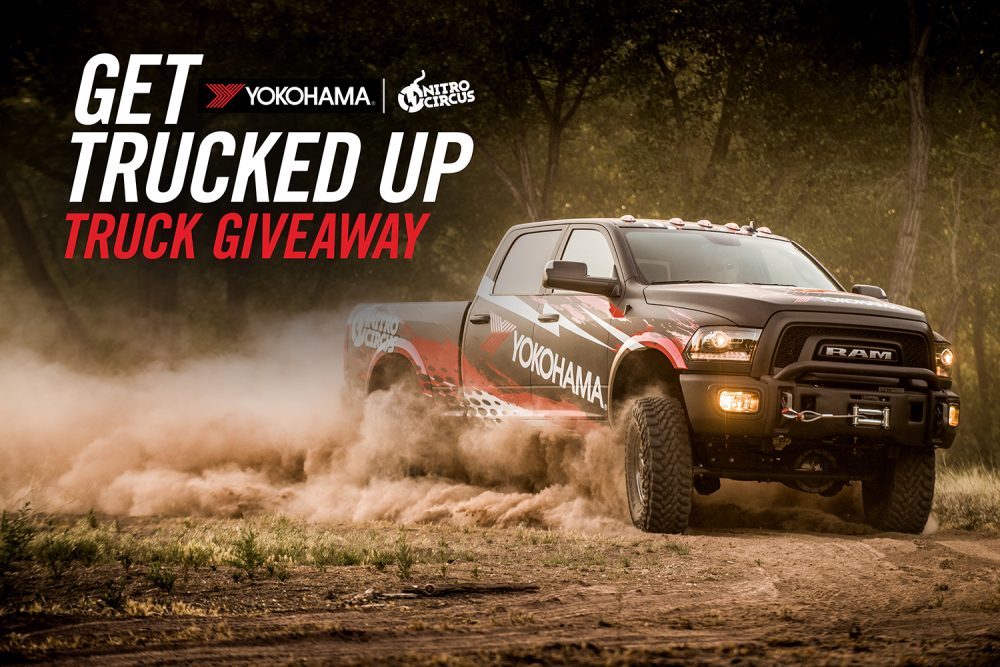1+1>2
It’s simple economics. Trade can make everyone better off, and that is why we are not all building our own homes, making our own clothes or growing our own food. What we can accomplish on our own is more than doubled by partnering with another.

Every day, corporations partner in trade. It’s as simple as purchasing paper, pens and office chairs rather than a corporation making them themselves. So why is it so special when brands make a trade by co-marketing a campaign? It would be abnormal if a business spent the bulk of their time manufacturing paper, pens and office supplies like some office version of the Amish. And yet a company buying office supplies is a trade in goods in the same way that co-branding or co-marketing is a trade in brand value.
When Audi recently partnered with Airbnb to create an experience where families could rent a modern home in Death Valley, complete with a pair of Audi R8s, it wasn’t merely an exchange of property and media but of brand. Audi and Airbnb aligned with each other, putting their brands side by side. By doing so they essentially said to each other, “we like you, we like what you’re about and we are willing for our brand to be associated with you.” As consumers, there’s something about seeing brands make or market something together for their common good that strikes a visceral chord within the consumer. A chord that says, “man playing nice with your neighbor is great! I don’t have to build my own house! Which is awesome, because the last time I tried to build my kids a tree fort I nearly maimed myself.”
One of the things that multiplies the effort of brands that partner with each other is it allows them to step outside of their normal routine and try something out of the ordinary.
Acura / AMC partnered up to bring the popular TV show Breaking Bad’s fictional restaurant chain, Los Pollos Hermanos, to life. The campaign was built to promote Better Caul Saul (Breaking Bad prequel). Acura benefitted by having their name all over the online content that was used to promote the show, as well as even creating mini ads that resonated with Breaking Bad / Better Caul Saul fans. They even made faux ads promoting Los Pollos Hermanos, featuring the vastly popular Gus Fring.
Acura may not normally be able to bring to life a fictional fried chicken restaurant as a part of their marketing efforts, but partnering with AMC allowed them to create a unique gorilla marketing campaign that gained national press, pop up restaurants with lines around the block, tons of epic online content, and made a bunch of Breaking Bad fans really, really happy.
So why are we on this whole brand partnership kick? INK has seen firsthand how successful it can be when brands partner together. Take Yokohama Tire Company, a client of ours, for example. Yokohama Tire is a market leader in the passenger tire business. As a brand, they are diving into the all-terrain tire market, producing a new line of M/T tires that rival any other M/T tire on the market. Who better to help us get the word out to this off-road, extreme, fun loving demographic of tire consumers than Nitro Circus! Yokohama and Nitro partnered to build out a heavily customized Ram Power Wagon, sporting Yokohama’s new G003 M/T tires. This custom wrapped truck will be the focal point of all of the Nitro Circus’ shows, promoted to their impressive social media fan base and finally, given away to one lucky winner. Yokohama gets the exposure for the new tire they need, and Nitro gets the sponsorship they need for Nitro World Games as well as support for several their athletes from Yokohama.

As brands, a co-marketing campaign is so much more than just an exchange of goods or even borrowing credibility. It’s a measured effort, where brands are intentionally aligning themselves with another. Relationships are put to the test, as the campaigns success relies on both parties doing their utmost to see that it succeeds, but when such a campaign comes to fruition, it stands out. As consumers, when we see two great brands coming together to market something in a way that couldn’t be done on their own, we are pulled into the 1+1<2 phenomena, giving us those warm fuzzies, right in our, “I’m so happy I don’t have to go it on my own” spot.


